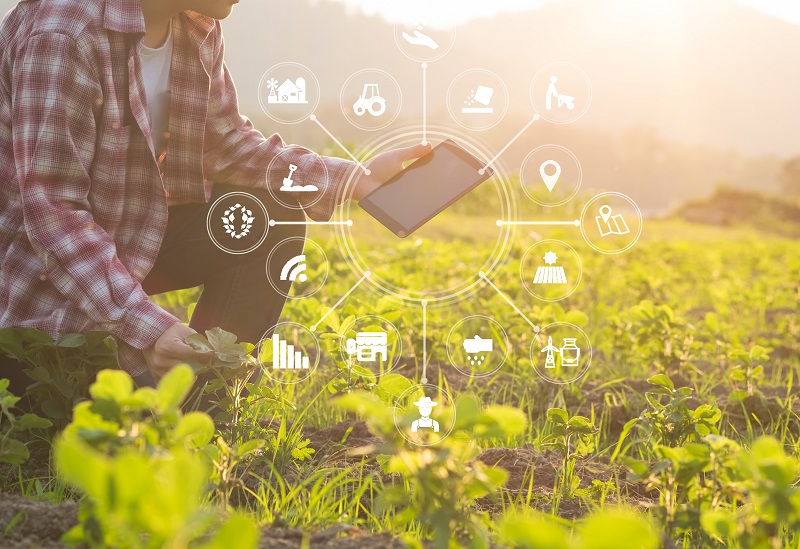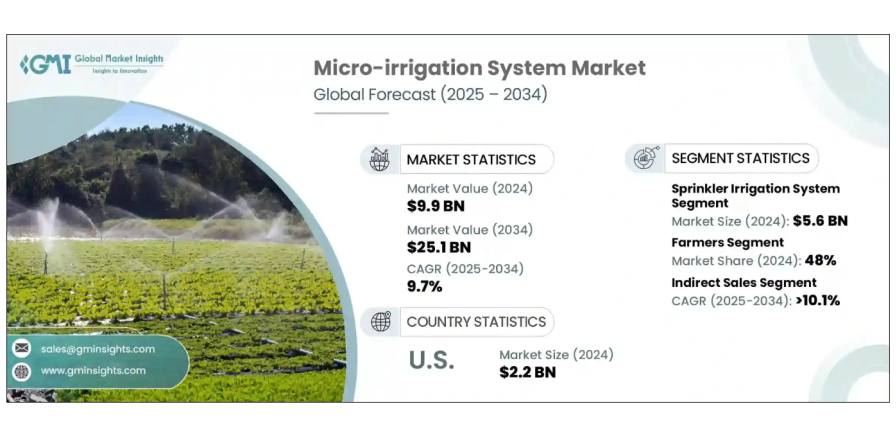The Digital Tools Ag Companies Must Have in Their Crop Input Toolbox
Editor’s note: The full version of this article was written by SAP’s Cedrik Kern and Anja Strothkämper and originally published at AgriBusiness Global.
The grower’s field manager opens a preferred generative AI (GenAI) app, which is designed specifically for agribusiness use cases, and via the app’s chat function, types out a question.
“Taking into account the current maturity of my soybean crop, the pending weather micro-forecast, recent precipitation and the soil condition of this particular field, when is the optimal time next week to irrigate and spray this field, and in which volumes?”
In moments, the grower has a detailed answer based on the parameters he or she provided and derived from an analysis of a huge volume of data from disparate sources, including the seed provider, fungicide manufacturer, connected sensors in the field, historical weather and precipitation data, and more.
MORE BY AGRIBUSINESS GLOBAL
Ag Drones Evolve: New Insights on Drift Control, Coverage, and Crop-Specific Strategies
Ag Tech Talk: EarthDaily Agro’s Aldo Rosette Discusses Satellites in Agriculture
As farfetched as a scenario like this might have seemed just a few years ago, it has become not just a possibility but a real option for agribusiness companies seeking to optimize crop inputs based on today’s realities and priorities, including climate change, disruptions related to extreme weather, wars, manpower shortages, carbon footprint goals and compliance requirements, volatile commodity prices, and more. Intelligent technologies driven by data are already helping companies make better decisions about crop inputs, which in turn can lead to more efficient, resilient and sustainable production practices and ultimately, more robust yields and profits. Eventually, they could revolutionize the agricultural and food industries by helping growers better manage a range of risks, from weather and soil health to sustainability and water scarcity.
In southern Africa, for example, Royal Eswatini Sugar Corp. (RES), a company that produces sugar for use in beverages, ethanol, and other products, has implemented GenAI- and machine learning-powered systems to better manage farm and field data, automate tasks, inform its own farms and third-party growers about optimal harvest timing, and provide them with best practices for managing crop inputs to increase yields.
As companies like RES are demonstrating, intelligent management of crop inputs can yield a range of benefits. Recognizing these benefits begins by putting the following foundational digital elements in place:
Data Gathering and Standardization Capabilities
As vital a resource as data has become to help agribusinesses mitigate risk and operate profitably, it has become a crop input in its own right. Much can be gleaned from data, whether the source is connected equipment, sensors in the field, seed and fertilizer manufacturers, or others along the value chain. However, companies often lack standard processes and data management and modeling practices to collect and make efficient use of this data.
That’s begun to change as companies like Agranimo arm more agribusinesses with tools to collect and make sense of highly specific data, including current conditions in fields and ultra-local weather information. The data then can be analyzed to trigger various interventions.
With the ability to gather, standardize and make sense of data from disparate sources inside and outside the organization, an agribusiness can begin to tap into the benefits that intelligent digital tools provide.
Read more at AgriBusiness Global.









